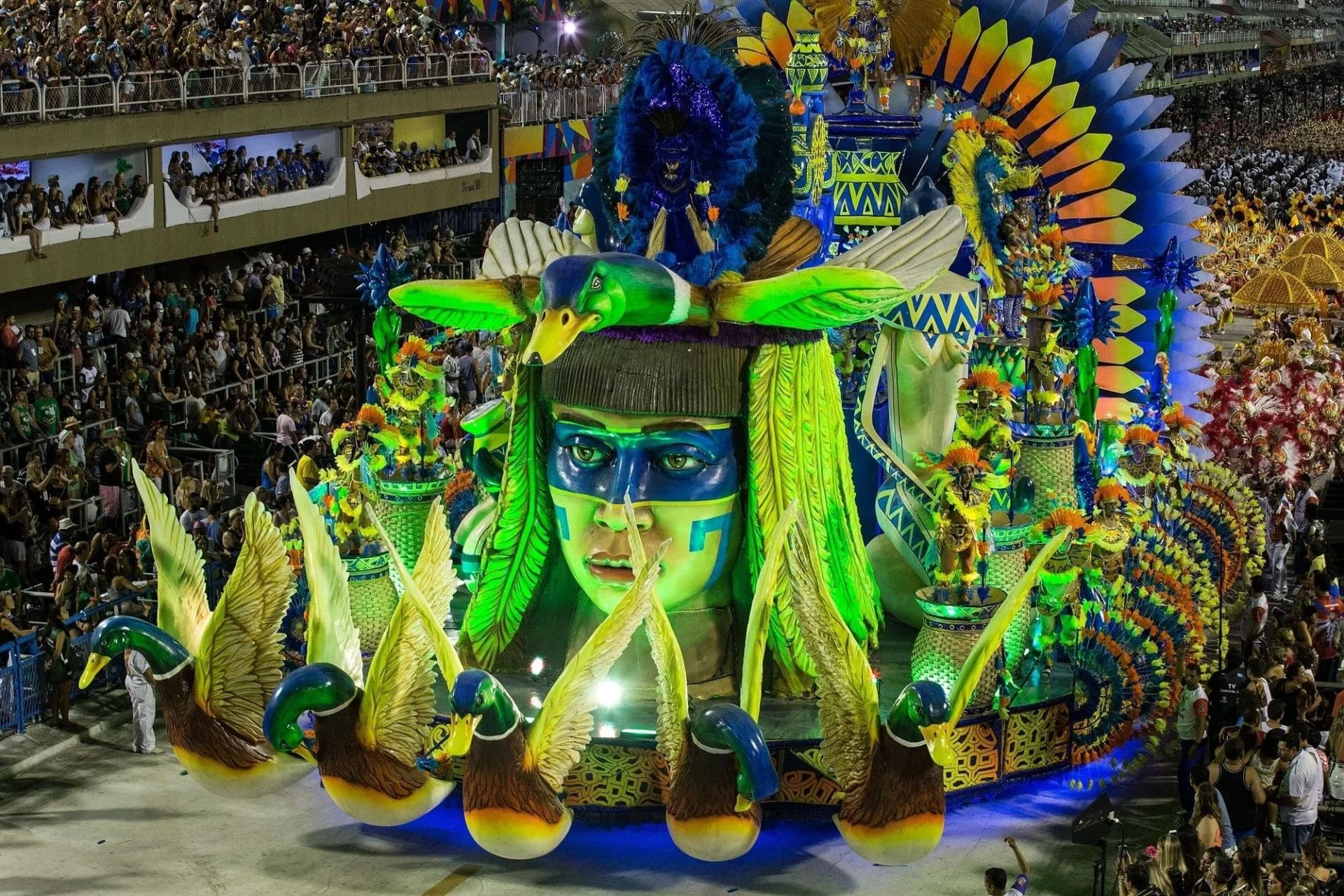Brazilian Carnival
Brazilian Carnival is an annual festival in Brazil. The Brazilian Carnival is the country's largest folk festival and has some differences from carnivals both in Europe and in other Latin American countries. In addition, there are regional variations of carnival in Brazil itself.
According to the Guinness Book of Records, 4.9 million people took part in the carnival in Rio de Janeiro, of which 400 thousand were tourists.
The carnival takes place forty days before Easter and marks the end of the preparatory period for Lent. During Lent, Catholics focus on prayer and abstain from bodily pleasures and from eating animal food, including meat. It is believed that the Brazilian carnival originates from the Portuguese analogue of Maslenitsa - street entertainment, during which naughty people doused each other with water, showered each other with flour and soot, threw rotten eggs, etc. Portuguese Maslenitsa also took place on the eve of Lent - a period of repentance (liberation from sin). It was liberation that became the symbol and main content reflected in the carnival.
In Brazil, the first "blocos" (celebratory groups lined up in a rectangle), "cordoes" (celebratory groups lined up in ropes) and "corsairs" (corsos - festive groups stylized as pirates) appear, as well as parades of decorated cars. Since then, the holiday has gained momentum and reaches almost all corners of Brazil. Year after year, dances and songs become richer, new tunes and rhythms appear, such as the famous marches.
In 1928, the first samba dance school called Deixa Falar was founded in Rio de Janeiro. Created by samba dancer Ismael Silva, it was later renamed Estacio de Sa, after the founder of Rio de Janeiro. From Rio, the tradition of carnival parades of samba schools such as "Olodum" and "Ile Aye" (house of life), which have African mythological roots.
Source: Brazilian Carnival
